Capital One 2012 Annual Report Download - page 213
Download and view the complete annual report
Please find page 213 of the 2012 Capital One annual report below. You can navigate through the pages in the report by either clicking on the pages listed below, or by using the keyword search tool below to find specific information within the annual report.-
 1
1 -
 2
2 -
 3
3 -
 4
4 -
 5
5 -
 6
6 -
 7
7 -
 8
8 -
 9
9 -
 10
10 -
 11
11 -
 12
12 -
 13
13 -
 14
14 -
 15
15 -
 16
16 -
 17
17 -
 18
18 -
 19
19 -
 20
20 -
 21
21 -
 22
22 -
 23
23 -
 24
24 -
 25
25 -
 26
26 -
 27
27 -
 28
28 -
 29
29 -
 30
30 -
 31
31 -
 32
32 -
 33
33 -
 34
34 -
 35
35 -
 36
36 -
 37
37 -
 38
38 -
 39
39 -
 40
40 -
 41
41 -
 42
42 -
 43
43 -
 44
44 -
 45
45 -
 46
46 -
 47
47 -
 48
48 -
 49
49 -
 50
50 -
 51
51 -
 52
52 -
 53
53 -
 54
54 -
 55
55 -
 56
56 -
 57
57 -
 58
58 -
 59
59 -
 60
60 -
 61
61 -
 62
62 -
 63
63 -
 64
64 -
 65
65 -
 66
66 -
 67
67 -
 68
68 -
 69
69 -
 70
70 -
 71
71 -
 72
72 -
 73
73 -
 74
74 -
 75
75 -
 76
76 -
 77
77 -
 78
78 -
 79
79 -
 80
80 -
 81
81 -
 82
82 -
 83
83 -
 84
84 -
 85
85 -
 86
86 -
 87
87 -
 88
88 -
 89
89 -
 90
90 -
 91
91 -
 92
92 -
 93
93 -
 94
94 -
 95
95 -
 96
96 -
 97
97 -
 98
98 -
 99
99 -
 100
100 -
 101
101 -
 102
102 -
 103
103 -
 104
104 -
 105
105 -
 106
106 -
 107
107 -
 108
108 -
 109
109 -
 110
110 -
 111
111 -
 112
112 -
 113
113 -
 114
114 -
 115
115 -
 116
116 -
 117
117 -
 118
118 -
 119
119 -
 120
120 -
 121
121 -
 122
122 -
 123
123 -
 124
124 -
 125
125 -
 126
126 -
 127
127 -
 128
128 -
 129
129 -
 130
130 -
 131
131 -
 132
132 -
 133
133 -
 134
134 -
 135
135 -
 136
136 -
 137
137 -
 138
138 -
 139
139 -
 140
140 -
 141
141 -
 142
142 -
 143
143 -
 144
144 -
 145
145 -
 146
146 -
 147
147 -
 148
148 -
 149
149 -
 150
150 -
 151
151 -
 152
152 -
 153
153 -
 154
154 -
 155
155 -
 156
156 -
 157
157 -
 158
158 -
 159
159 -
 160
160 -
 161
161 -
 162
162 -
 163
163 -
 164
164 -
 165
165 -
 166
166 -
 167
167 -
 168
168 -
 169
169 -
 170
170 -
 171
171 -
 172
172 -
 173
173 -
 174
174 -
 175
175 -
 176
176 -
 177
177 -
 178
178 -
 179
179 -
 180
180 -
 181
181 -
 182
182 -
 183
183 -
 184
184 -
 185
185 -
 186
186 -
 187
187 -
 188
188 -
 189
189 -
 190
190 -
 191
191 -
 192
192 -
 193
193 -
 194
194 -
 195
195 -
 196
196 -
 197
197 -
 198
198 -
 199
199 -
 200
200 -
 201
201 -
 202
202 -
 203
203 -
 204
204 -
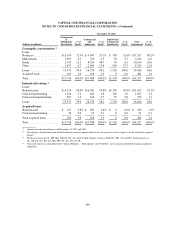 205
205 -
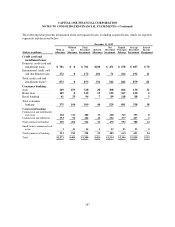 206
206 -
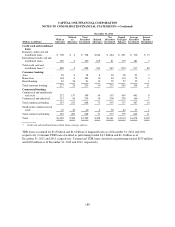 207
207 -
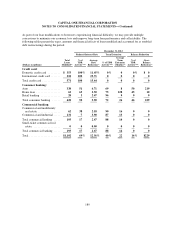 208
208 -
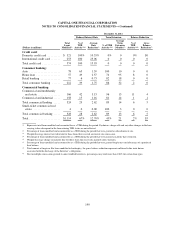 209
209 -
 210
210 -
 211
211 -
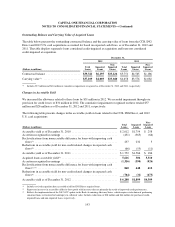 212
212 -
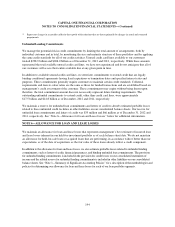 213
213 -
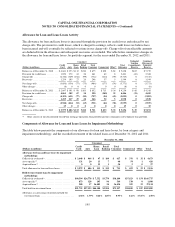 214
214 -
 215
215 -
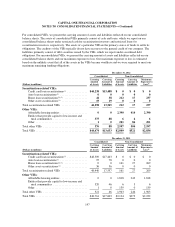 216
216 -
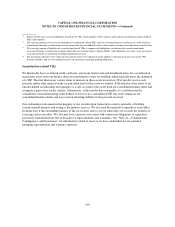 217
217 -
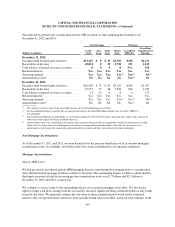 218
218 -
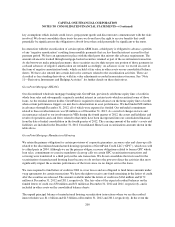 219
219 -
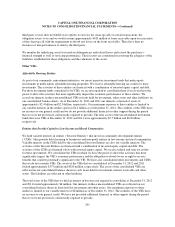 220
220 -
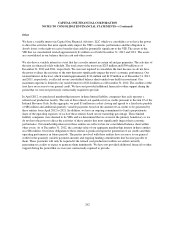 221
221 -
 222
222 -
 223
223 -
 224
224 -
 225
225 -
 226
226 -
 227
227 -
 228
228 -
 229
229 -
 230
230 -
 231
231 -
 232
232 -
 233
233 -
 234
234 -
 235
235 -
 236
236 -
 237
237 -
 238
238 -
 239
239 -
 240
240 -
 241
241 -
 242
242 -
 243
243 -
 244
244 -
 245
245 -
 246
246 -
 247
247 -
 248
248 -
 249
249 -
 250
250 -
 251
251 -
 252
252 -
 253
253 -
 254
254 -
 255
255 -
 256
256 -
 257
257 -
 258
258 -
 259
259 -
 260
260 -
 261
261 -
 262
262 -
 263
263 -
 264
264 -
 265
265 -
 266
266 -
 267
267 -
 268
268 -
 269
269 -
 270
270 -
 271
271 -
 272
272 -
 273
273 -
 274
274 -
 275
275 -
 276
276 -
 277
277 -
 278
278 -
 279
279 -
 280
280 -
 281
281 -
 282
282 -
 283
283 -
 284
284 -
 285
285 -
 286
286 -
 287
287 -
 288
288 -
 289
289 -
 290
290 -
 291
291 -
 292
292 -
 293
293 -
 294
294 -
 295
295 -
 296
296 -
 297
297 -
 298
298 -
 299
299 -
 300
300 -
 301
301 -
 302
302 -
 303
303 -
 304
304 -
 305
305 -
 306
306 -
 307
307 -
 308
308 -
 309
309 -
 310
310 -
 311
311
 |
 |

CAPITAL ONE FINANCIAL CORPORATION
NOTES TO CONSOLIDATED FINANCIAL STATEMENTS—(Continued)
(4) Represents changes in accretable yields for those pools with reductions that are driven primarily by changes in actual and estimated
prepayments.
Unfunded Lending Commitments
We manage the potential risk in credit commitments by limiting the total amount of arrangements, both by
individual customer and in total, by monitoring the size and maturity structure of these portfolios and by applying
the same credit standards for all of our credit activities. Unused credit card lines available to our customers
totaled $298.9 billion and $206.0 billion as of December 31, 2012 and 2011, respectively. While these amounts
represented the total available unused credit card lines, we have not experienced and do not anticipate that all of
our customers will access their entire available line at any given point in time.
In addition to available unused credit card lines, we enter into commitments to extend credit that are legally
binding conditional agreements having fixed expirations or termination dates and specified interest rates and
purposes. These commitments generally require customers to maintain certain credit standards. Collateral
requirements and loan-to-value ratios are the same as those for funded transactions and are established based on
management’s credit assessment of the customer. These commitments may expire without being drawn upon;
therefore, the total commitment amount does not necessarily represent future funding requirements. The
outstanding unfunded commitments to extend credit, other than credit card lines, were approximately
$17.5 billion and $14.8 billion as of December, 2012 and 2011, respectively.
We maintain a reserve for unfunded loan commitments and letters of credit to absorb estimated probable losses
related to these unfunded credit facilities in other liabilities on our consolidated balance sheets. Our reserve for
unfunded loan commitments and letters of credit was $35 million and $66 million as of December 31, 2012 and
2011, respectively. See “Note 6—Allowance for Loan and Lease Losses” below for additional information.
NOTE 6—ALLOWANCE FOR LOAN AND LEASE LOSSES
We maintain an allowance for loan and lease losses that represents management’s best estimate of incurred loan
and lease losses inherent in our held-for-investment portfolio as of each balance sheet date. We do not maintain
an allowance for held-for-sale loans or acquired loans that are performing, in accordance with or better than our
expectations, as of the date of acquisition, as the fair value of these loans already reflect a credit component.
In addition to the allowance for loan and lease losses, we also estimate probable losses related to unfunded lending
commitments, such as letters of credit, financial guarantees, and binding unfunded loan commitments. The provision
for unfunded lending commitments is included in the provision for credit losses on our consolidated statements of
income and the related reserve for unfunded lending commitments is included in other liabilities on our consolidated
balance sheets. See “Note 1—Summary of Significant Accounting Policies” for a description of the methodologies and
policies for determining our allowance for loan and lease losses for each of our loan portfolio segments.
194
